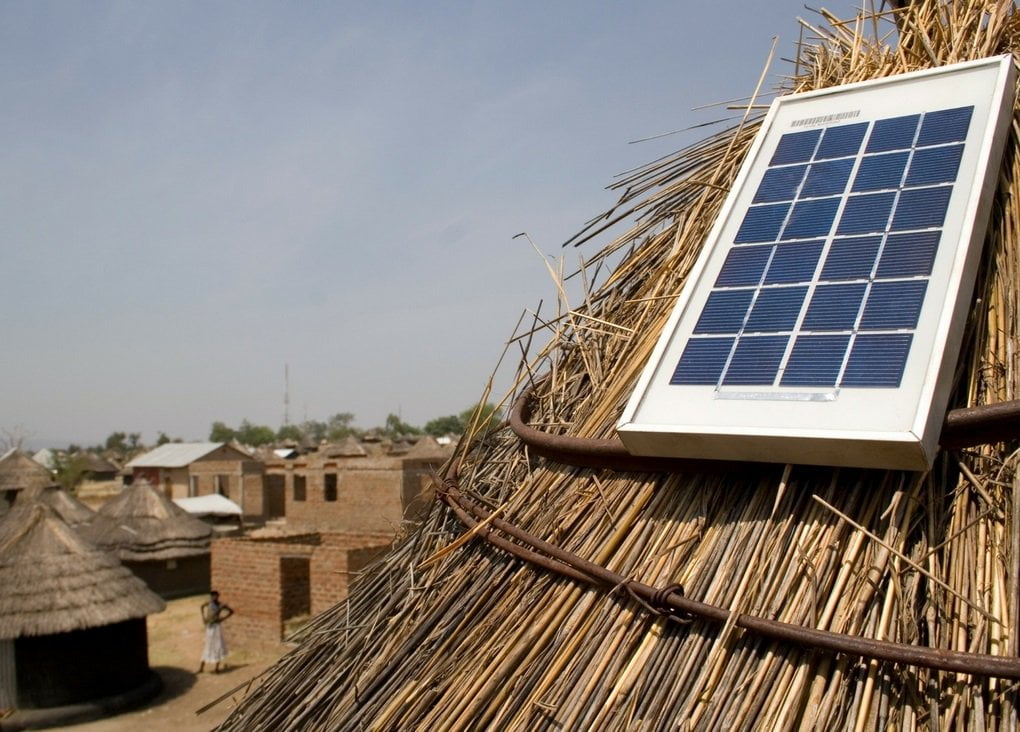Top White House advisors are scheduled to huddle on Tuesday to determine the future of US involvement in the Paris Climate Agreement. The voices in the room — Secretary of State Rex Tillerson, EPA Administrator Scott Pruitt, Jared Kushner and chief strategist Stephen Bannon, among others — hold different positions on the deal, and it remains unclear whether they’ll be able to come to any agreement.
But despite the minor disagreements in the room they do seem unified around one issue: that the United States renege on its promises to help poor countries as they green their economies and prepare for climate change.
Under Obama, the US gave $1 billion to the UN’s Green Climate Fund, with Obama contributing half of that sum in a last-minute announcement days before he left office. His administration had pledged to deliver $3 billion to the fund, but now it looks unlikely that the remaining two-thirds of that pledge will ever arrive.
Before entering office, Trump promised to end contributions to the fund, and end any spending on international climate projects. Weeks after he entered the White House, pages of climate finance data were deleted from the State Department website.
What is the Green Climate Fund?
In the face of climate change, the world will need to mobilize a huge amount of money. Poorer countries, in particular, will need to cover the cost of cutting their emissions and developing their economies in a way that doesn’t rely on fossil fuels.
They’ll also have to shore up their countries against more extreme weather, and bear the cost of repairing from the natural disasters and economic stressors that come along with fiercer storms, higher temperatures, sea level rise, flooding and drought.
Enter the Green Climate Fund. The fund was set up in 2010 with the goal of raising money from rich countries and using it to fund projects in poor countries. By 2020, the UN hopes $100 billion will be redistributed in this way each year. (If you count only money from governments, we’re not on track to meet that goal right now; if you count investments by private corporations, the picture looks a little better.) The Green Climate Fund is meant to play a key role in facilitating those efforts, but only has attracted $10.3 billion in pledges from rich countries — $2 billion of which Trump likely won’t deliver.
Based in South Korea, the fund is governed by a 24-member board, which, in turn, gets guidance when 194 countries gather each year for United Nations Framework Convention on Climate Change Conference of Parties meeting. The board meets three times a year to vote on projects to fund, and who to partner with the fund them — part of the board’s job is to accredit financial institutions, which access the fund’s money and transfer it to the countries, companies and institutions who are receiving funding. These votes can be contentious, with board members disagreeing over what kind of projects to fund. Activists were disappointed when, at a meeting earlier this month board members voted to spend $50 million to rehab an aging dam in Tajikistan, and turned down a $100 million proposal to prepare women in East Africa for water scarcity.
The fund was created to address questions around who should pay these costs have been a stumbling block during climate negotiations for decades. Poorer countries have often pointed out that climate finance was actually a question of climate justice: nations that have benefitted from fossil fuels for more than a century have grown their economies as a result — poor countries would like some help if they’re going to agree not to use fossil fuels as they develop.
Pools of money for climate finance, funded by wealthy countries, were one way negotiators addressed these concerns, and brought poorer countries on board with the Paris Agreement. The United States, in particular, was expected to step up: It is among the richest countries in the world, and also remains the world’s second largest polluter overall, and one of the highest polluters per capita.
Just as pulling out of the Paris Agreement would hurt the United States’ standing with other countries, dropping the ball on climate finance could as well. Last week, China, Brazil, India and South Africa gathered in Beijing for a meeting of officials from major emerging economies. They called on rich countries “to honor their commitments and increase climate finance towards the $100 billion goal” — a move clearly prompted by the United States’ unclear attitude on climate.
Proponents of climate finance have also tried to make the case that it is in the Trump administration’s best interests to keep funding climate finance initiatives. “The benefits of climate funding outweigh its relatively modest cost,” wrote Joe Thwaits, an expert with the World Resources Institute, in a recent blog post. “It represents a great deal, not only for the poorest and most vulnerable communities around the world, but also for American exports, workers and national security.”
Climate finance doesn’t just prompt global development, these proponents argue — it helps keep the United States safe as well. A developing world devastated by climate change is a perfect environment for new, anti-US threats to emerge. Maintaining a seat at the table on climate finance also would increase opportunities for the Trump administration to cut deals that send US corporations to help poor countries develop sustainably — say, by building solar facilities or a hydroelectric dam.
In Washington last week, a group of financial experts made that case in a briefing on Capitol Hill. “It will be done anyway,” James Bond, former senior adviser to the executive director of the Green Climate Fund, said. “If the US doesn’t want to do it, it will be done by others.”
